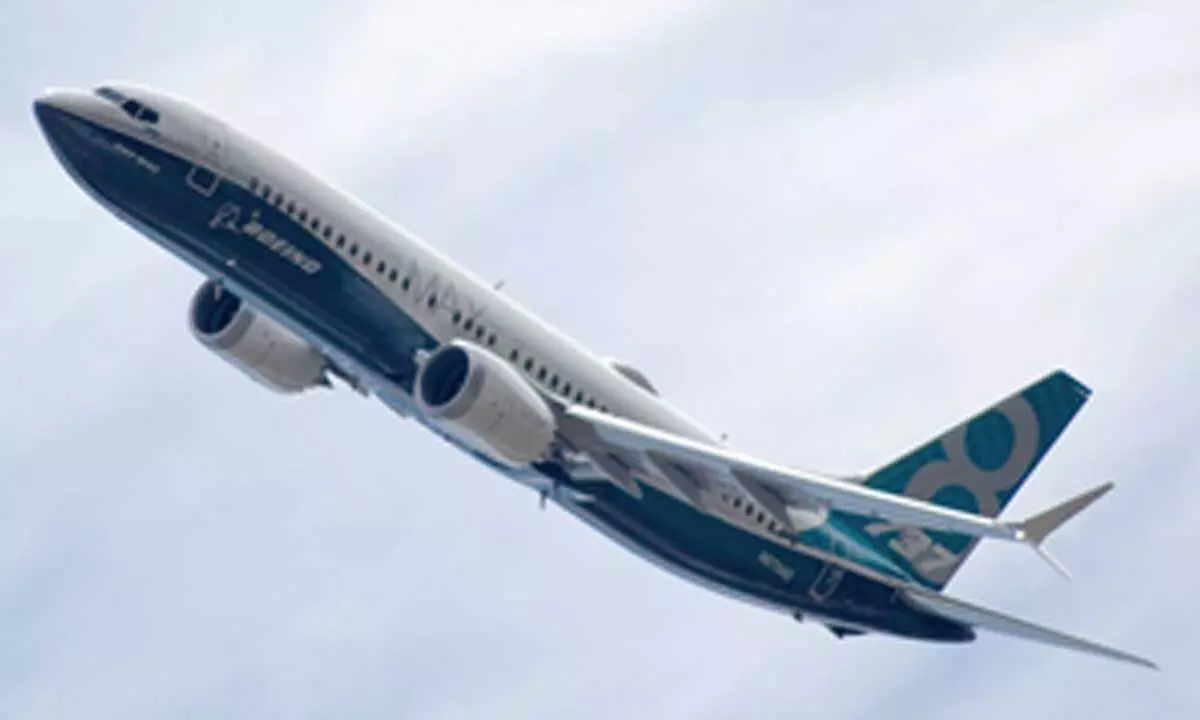DGCA issues safety guidance for Boeing 737 aircraft for low-visibility landings
Share :

The Directorate General of Civil Aviation (DGCA) on Monday asked operators of Boeing 737 aircraft with a specific rudder part to not use the planes for low-visibility landings.
New Delhi: The Directorate General of Civil Aviation (DGCA) on Monday asked operators of Boeing 737 aircraft with a specific rudder part to not use the planes for low-visibility landings.
The aviation safety regulator took cognisance of the recent US National Transportation Safety Board (NTSB) aviation investigation report, which highlights safety concerns involving Boeing 737 airplanes equipped with “Collins Aerospace SVO-730 Rudder Rollout Guidance Actuators”.
The DGCA guidance is effective for both Boeing 737 NG aircraft as well as news MAX airplane. The regulator has asked all operators to carry out a safety risk assessment too.
“Considering the potential risk of a Jammed or Restricted Rudder control system, the DGCA has issued Interim safety recommendations to all Indian operators of Boeing 737 aircraft, effective immediately,” the regulator said in a statement.
According to the DGCA, all flight crews are to be informed through a circular/advisory regarding the possibility of a Jammed or restricted Rudder control system and appropriate mitigations must be communicated to help crews identify and handle such a situation.
“All operators must conduct a Safety Risk Assessment for aircraft to evaluate and mitigate the risk associated with the Rudder control system,” as per the aviation regulator.
All Category III B approach, landing, and rollout operations (including practice or actual autoland) must be discontinued for airplanes until further notice, it added.
As per the DGCA instructions, discussion about potential Rudder control system issues must be included as a mandatory topic in Recurrent Training sessions and during pre-simulator briefings.
“Appropriate flight crew responses and mitigations should be practiced during these exercises. These interim measures aim to enhance safety and ensure that flight crews are well-prepared to handle potential Rudder control issues effectively, pending further detailed operational guidance to be issued by Boeing/FAA,” the aviation safety regulator stated.
















